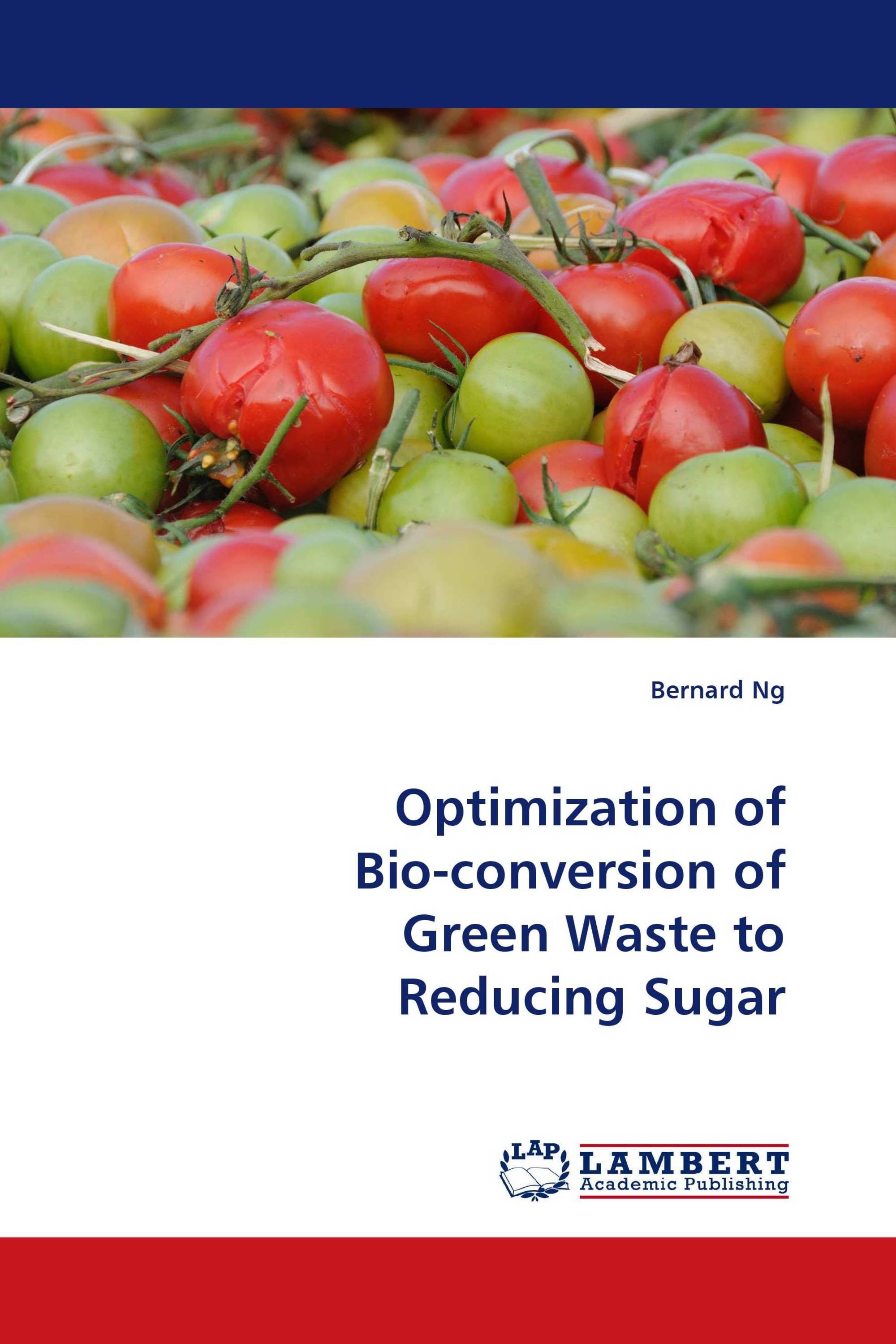Optimization of Bio-conversion of Green Waste to Reducing Sugar
LAP Lambert Academic Publishing ( 2010-08-27 )
€ 49,00
Ethanol production from green waste can be useful in helping solve the current energy crisis, food crisis and climate change. During the bioconversion process, enzymatic hydrolysis, which converts hemicelluloses and celluloses to reducing sugar, was focused on. Hence, the fermentation of reducing sugar to ethanol is more easily carried out once high reducing sugar yield is obtained. The objective of this research was to identify the most effective microbial community in the process of bioconversion of green wastes to reducing sugars. The effectiveness of the best microbial community was further investigated by comparing different pretreatment methods and environmental conditions. Two low-cost pretreatment methods: Organosolv process and Liquid hot-water pretreatment (LHW) were compared to break down the high stability of lignocelluloses biomass. In addition, the temperature, pH value, and initial carbon concentration of aerobic microbial culture medium were adjusted in order to obtain the highest concentration of reducing sugar.
Book Details: |
|
|
ISBN-13: |
978-3-8383-9971-3 |
|
ISBN-10: |
3838399714 |
|
EAN: |
9783838399713 |
|
Book language: |
English |
|
By (author) : |
Bernard Ng |
|
Number of pages: |
92 |
|
Published on: |
2010-08-27 |
|
Category: |
Building and environmental technology |




